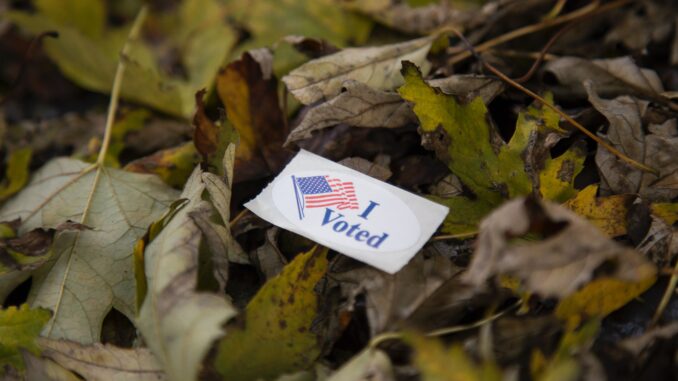
Unless you have been living under a rock for the majority of the past month (which I would be very jealous of), you are probably aware of the craziness that was the 2020 election. From the drawn out ballot counting due to the surge of mail-in votes, to the blatant disregard for democracy that President Trump has shown in the days since, this year’s election has been anything but normal.
Lack of normalcy is typical given the pandemic that has upended our entire lives, but is incredibly anxiety inducing nonetheless. Just last week, The Oracle ran an article covering the election results by the numbers — but what does this mean for our local area?
On Nov. 7., The New York Times — along with other major news outlets — called the presidential race for former vice-president Joe Biden (D). Though there has been speculation by President Trump and other republican officials that this isn’t the correct outcome and the election was “stolen” by the Democratic party, no evidence of retraction or voter fraud has been discovered at the time of publication.
According to The New York Times, 11 house races remain uncalled, including District 19 in New York which encompasses Ulster, Otsego, Delaware, Sullivan and Schoharie counties, among others. Incumbent Antonio Delgado (D) is up four percentage points against Republican opponent Kyle Van De Water for the U.S. Congress seat.
In terms of the U.S. Senatorial District, Peter Oberacker (R) is projected to win the seat and take over Senator Jim Seward’s (R) place. Oberacker ran against Democrat Jim Barber and is an Otsego county native. These are only a few local races, but where does this leave the country in terms of the House and Senate control?
The answer: unclear. With a runoff election scheduled for Jan. 5 in Georgia to decide two senate races and so many undecided calls for the House, it could go either way. As of Nov. 15, the Senate had 50 Republican seats and 46 Democratic seats, with 51 needed for a majority. Controlling the House is no easy feat either, though Democrats are leading 219 to the current Republican 203.
While this seems to give us a whole lot of uncertainty, one thing is for sure: the American people are divided. If all goes according to plan in January, Joe Biden will be inaugurated; a one-party president leading a two-party system. As he stated in his victory speech, however, “to make progress, we have to stop treating our opponents as our enemies. They are not our enemies.”
Making bold moves and passing bills will certainly be difficult for Biden if Republicans maintain control of the Senate, but not impossible. Until the runoff election ballots are counted, though, no one can be certain of the outcome.
